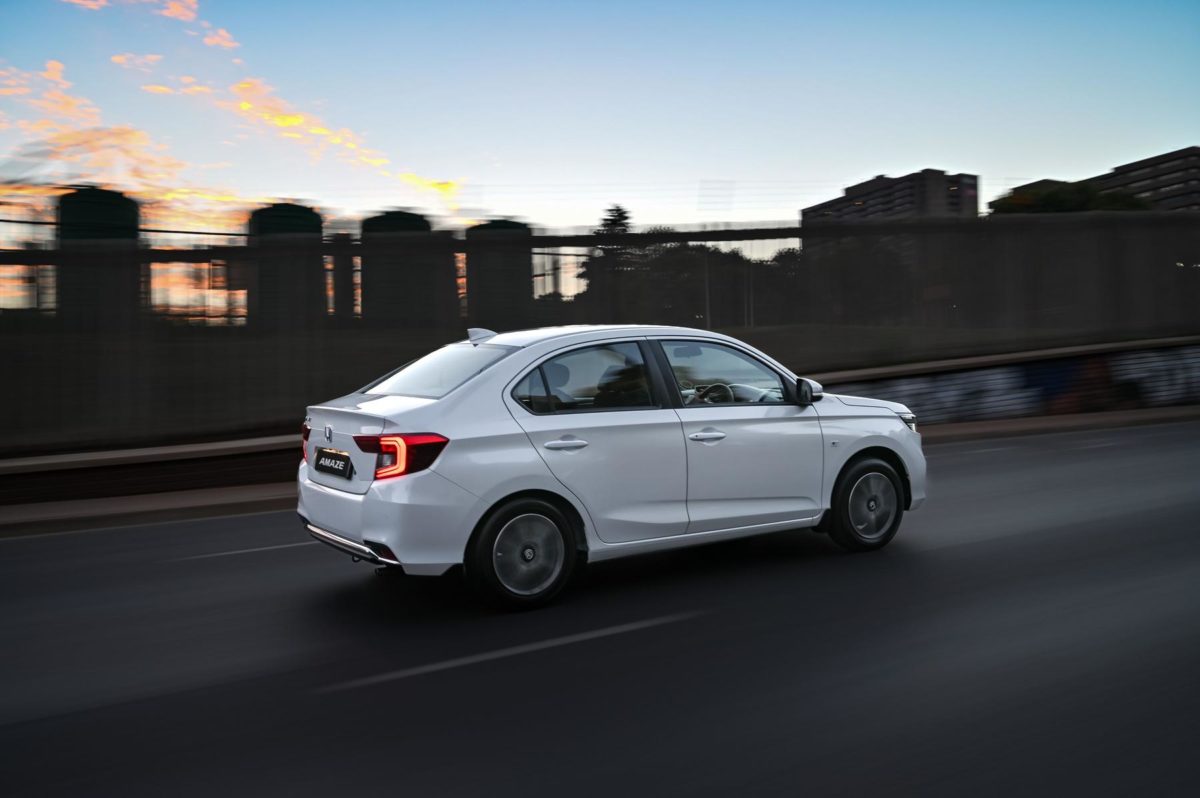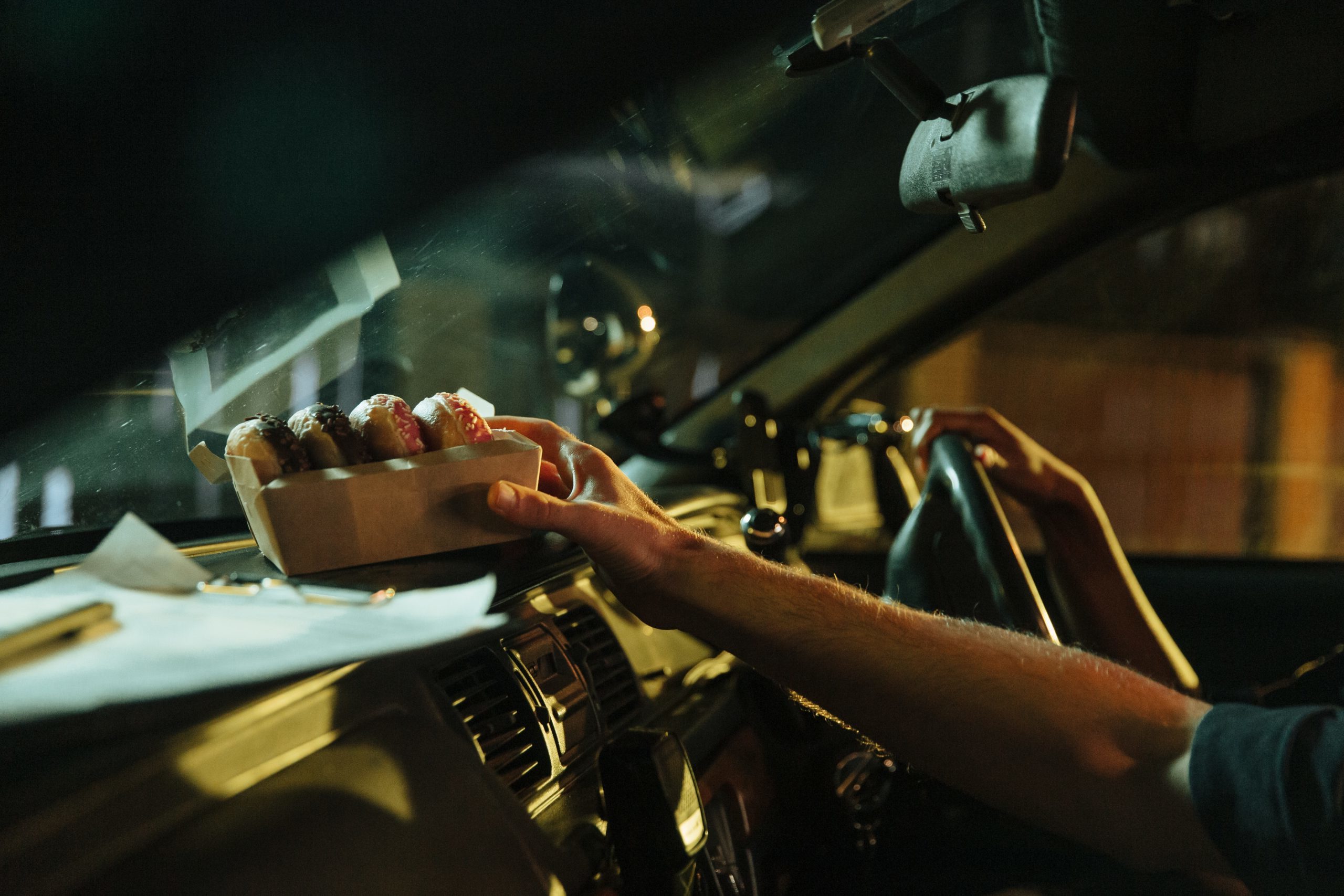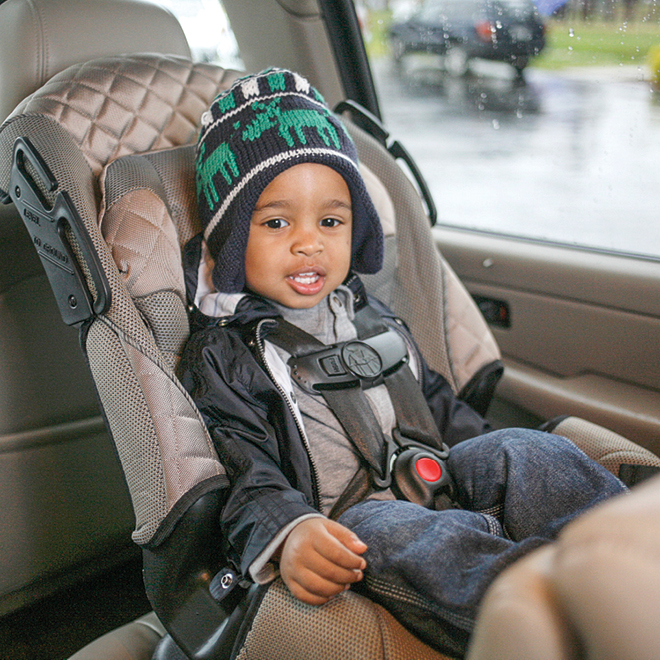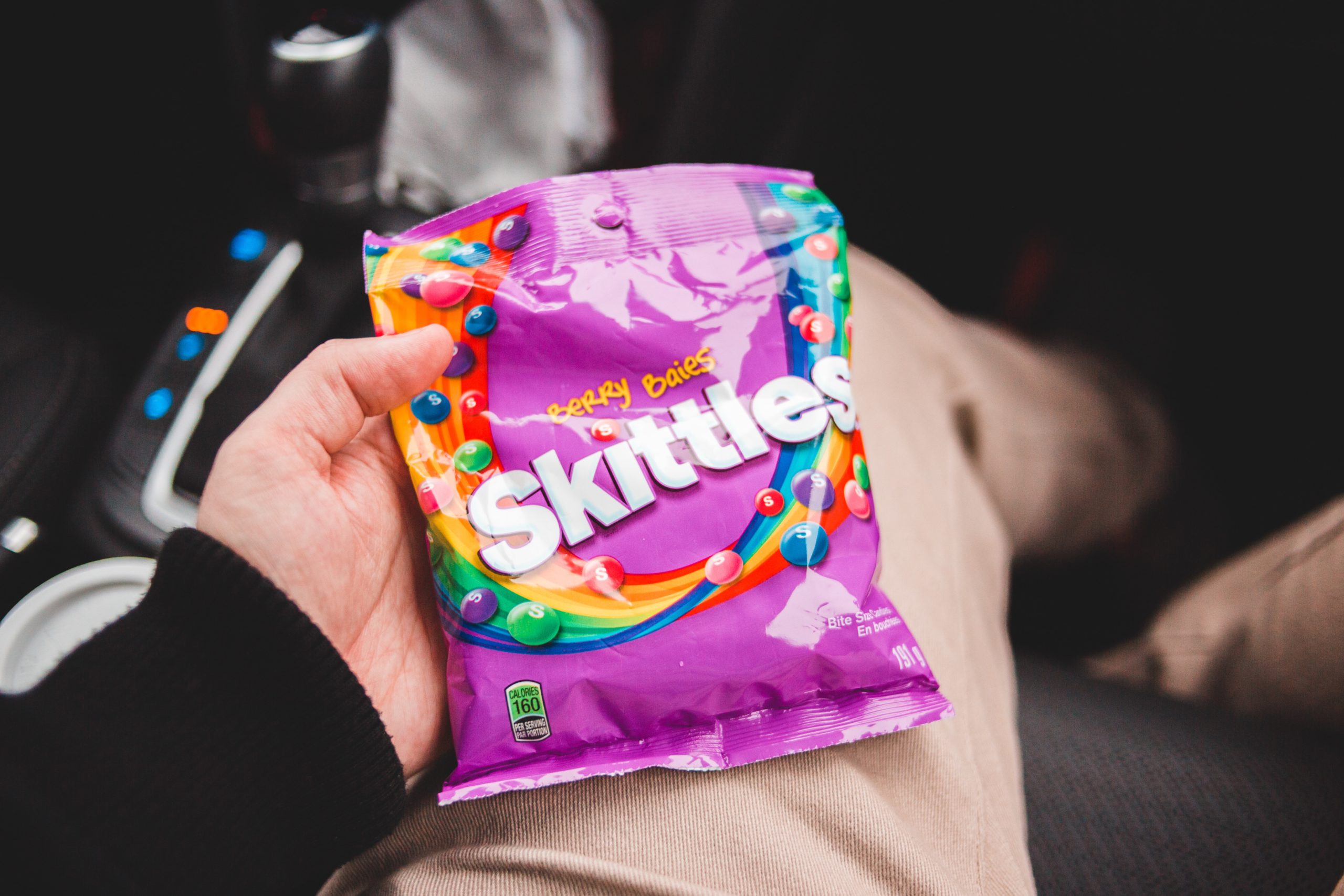Updated Honda Amaze Now Available In South Africa
Honda has upped the ante with a number of changes and upgrades that will see the Amaze find further favour with local buyers.
The updated Amaze appeals to buyers of all ages who appreciate Honda’s reputation for reliability, combined with a value-added purchase price, great fuel efficiency and low total cost of ownership.
Designed as a sedan from the ground up, the updated Amaze remains unmistakably Honda, but in a compact package that is stylish, well specced, comfortable and now better suited to the needs of a discerning market.
As before, Honda’s renowned i-VTEC engine technology ensures that the Amaze has the performance to match its looks, while delivering exceptional fuel efficiency.
With two equipment levels – Trend and Comfort – on offer, Amaze buyers have a choice of features. High levels of standard equipment and uncompromising safety remain a priority on all models though.
DRIVETRAIN AND DYNAMICS
The new Amaze is powered by a proven four-cylinder engine. The 1 199 cc unit employs Honda’s i-VTEC intelligent valve timing management system, ensuring optimum performance and fuel efficiency.
Maximum power output of 66 kW is reached at 6 000 r/min, while the torque peak is 110 Nm at 4 800 r/min. The baseline Amaze Trend model is available with a five-speed manual gearbox only, while buyers of the Comfort model can also opt for a Continuously Variable Transmission (CVT).
Amaze models with manual transmission achieve a combined cycle fuel consumption figure of 5,6 litres/100 km, and accelerate from 0-100 km/h in 12,3 seconds.
The Amaze CVT versions are slightly thirstier at 5,7 litres/100 km and require 13,5 seconds to accelerate from 0-100 km/h.
All derivatives have a rated top speed of 150 km/h.
SAFETY
All Honda Amaze models are fitted with dual front airbags, inertia reel seatbelts front and rear, and ISOFIX child seat anchors. On the active safety front, ABS brakes with electronic brake force distribution (EBD) are standard.
COLOUR PALETTE
The range of exterior colours for the updated Amaze include Platinum White, Lunar Silver, Radiant Red and Meteoroid Grey, the latter being a new metallic colour.
CONCLUSION
In addition to competitive pricing, the exceptional efficiency of the new Amaze contributes to economical running costs – something which is becoming an increasingly important aspect of vehicle ownership. Additional peace of mind is provided by a two-year/30 000 km service plan.
PRICING, WARRANTY AND SERVICE PLAN
The new Honda Amaze recommended retail pricing is as follows:
Honda Amaze 1.2 Trend: R209 100
Honda Amaze 1.2 Comfort: R234 700
Honda Amaze 1.2 Comfort CVT: R252 800
The range is supported by a full five-year/200 000 km warranty, as well as a two-year/30 000 km service plan, and a three-year AA Roadside Assistance package. Scheduled services are at 15 000 km intervals.





























